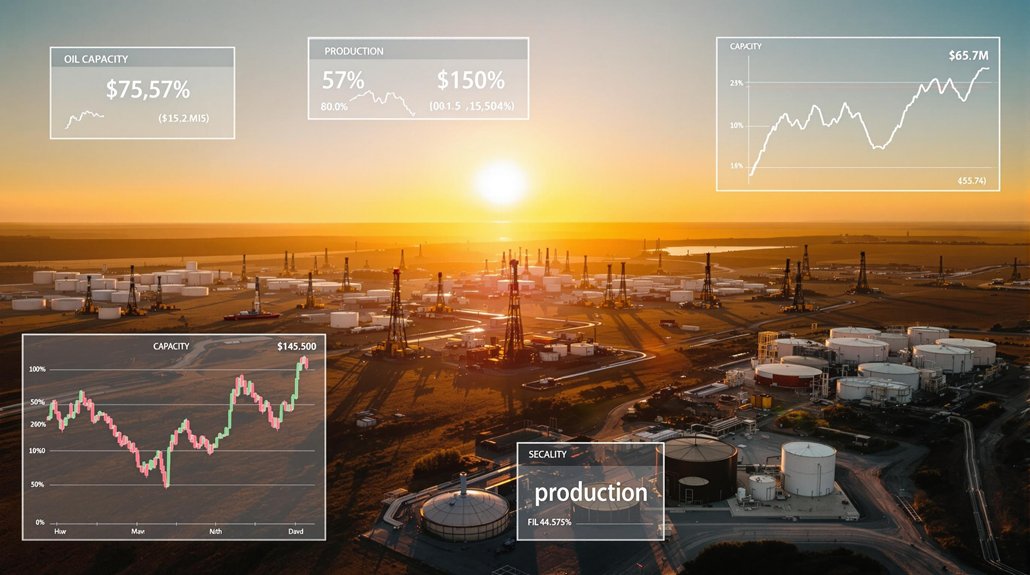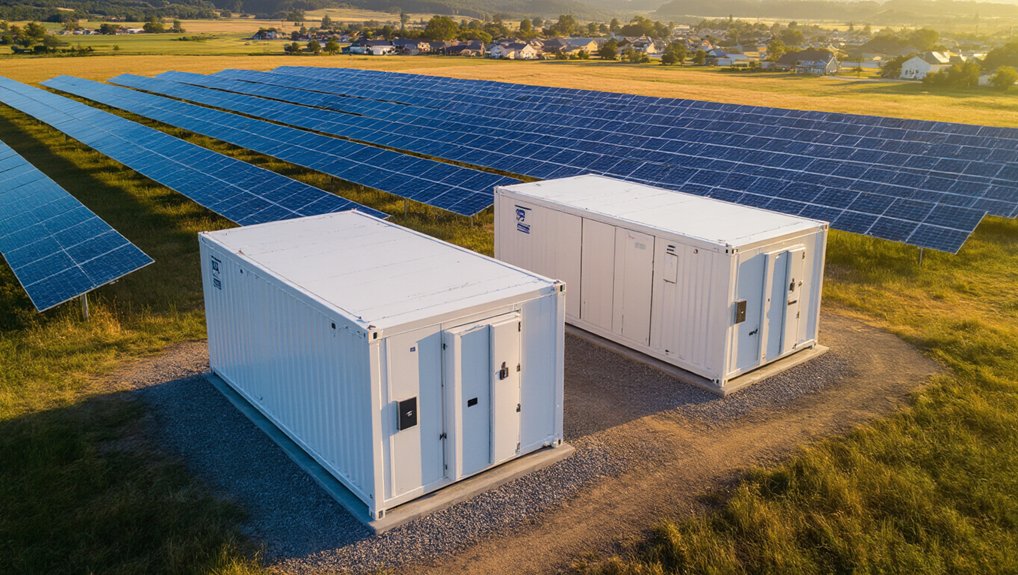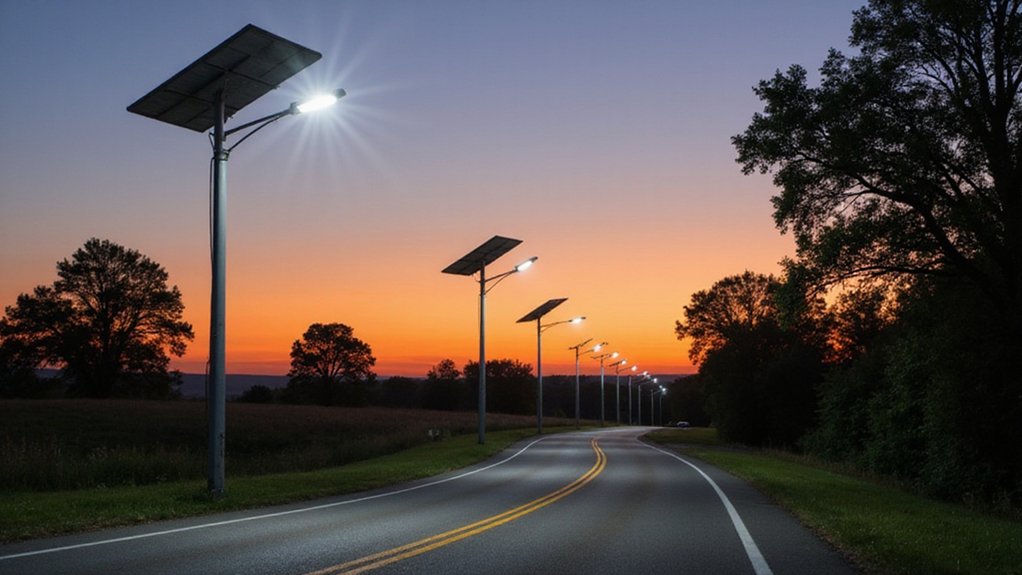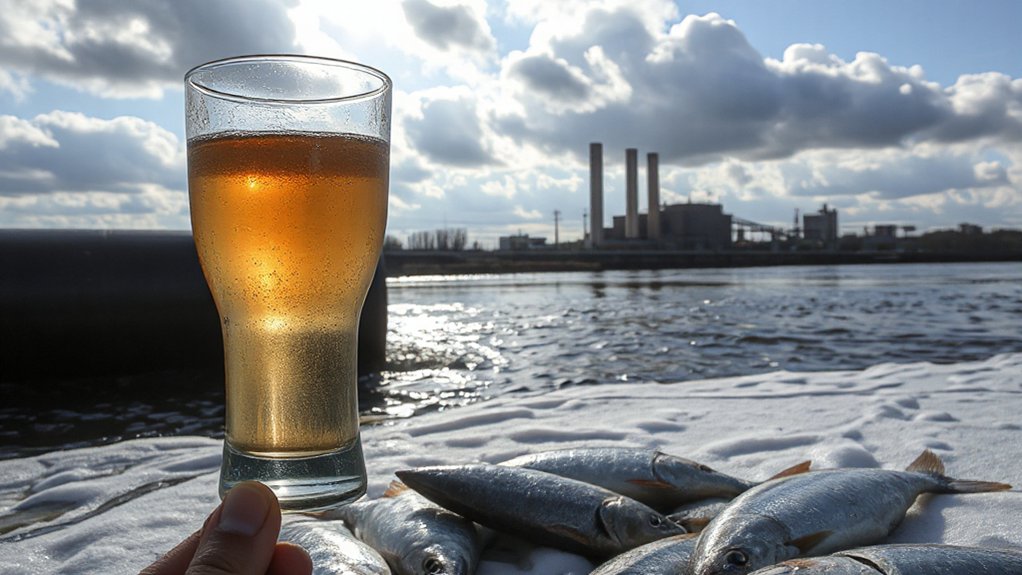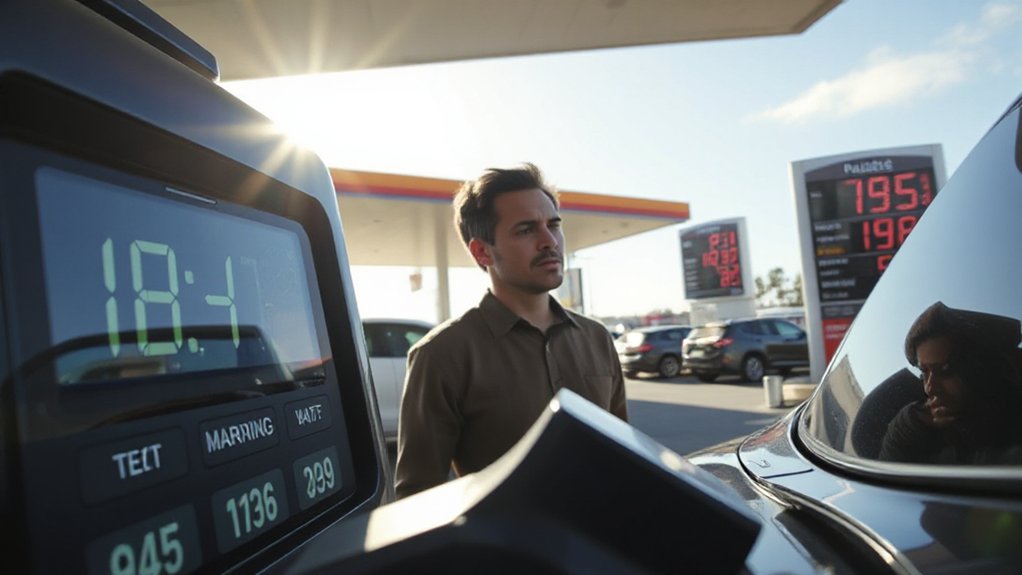Coca-Cola’s Peak-Shift Vending Machine is pretty much changing the game. It operates without power for cooling up to 16 hours daily by chilling products at night when electricity’s cheap. Smart, right? These eco-warriors use vacuum insulation, airtight doors, and CO2 refrigerant instead of harmful HFCs. Each machine saves about 1,000 kWh annually—that’s 95% less daytime energy use. The global rollout already includes 230,000 units, with hydrogen-powered versions on the horizon.
Every vending machine on the planet sucks electricity like a vampire on a blood binge—except this one. Coca-Cola Japan and Fuji Electric Retail Systems have created the Peak-Shift Vending Machine, a groundbreaking contraption that operates without power for cooling up to 16 hours per day. Yeah, you read that right. It basically takes a nap during peak hours.
The machine is pretty clever. It cools all products at night when electricity demand is low, then coasts through the day using vacuum insulation materials and airtight doors. The Apollo project named machine uses cutting-edge technology specifically designed for ultimate energy efficiency. This isn’t some half-baked eco-gimmick. The technology slashes daytime energy use by a whopping 95%. Field tests in Japan’s hottest regions in 2012 proved it works, even when the sun is cooking everything else.
Energy savings? Massive. These machines use 15% less power than conventional ones and save about 1,000 kWh annually per unit. Do the math—that’s serious cash and carbon. Over ten years, they’ll cut carbon emissions by 5.25 million metric tons. Not too shabby.
But wait, there’s more! Coca-Cola ditched the harmful HFCs, replacing them with CO2 as a natural refrigerant. This eliminates 99% of direct emissions. They’ve already installed one million HFC-free coolers globally by 2014, with plans to make all new cold-drink equipment HFC-free by 2015. Unlike traditional vending machines that may suffer from loose electrical connections, these new models feature improved connection designs to prevent power failures and potential fire hazards.
The global rollout is happening fast. In 2013 alone, 230,000 units of HFC-free equipment hit the market. Europe and Japan lead the charge, while Coca-Cola collaborates with partners worldwide through initiatives like the Refrigerants Naturally! alliance. These innovative machines contribute to reducing the power sector’s greenhouse gas emissions, which currently account for 25% of all U.S. emissions.
Future plans? They’re eyeing hydrogen-powered machines and smart technology for even better energy management. This isn’t just about selling more fizzy drinks—it’s part of Coca-Cola’s broader goal to reduce their “drink in your hand” carbon footprint by 25% by 2020.

